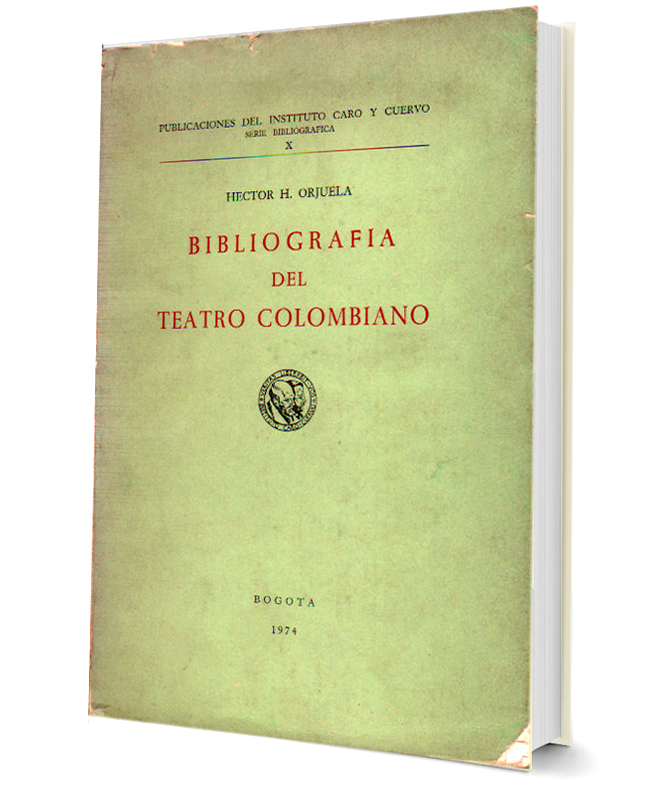Untranslatability of metaphors from Spanish to Colombian Sign Language
DOI:
https://doi.org/10.17533/udea.mut.17924Keywords:
metaphors, untranslatablility, Colombian Sign Language (LSC),, Deaf people, Hearing people, semiotic systemAbstract
Among the challenges faced by Deaf or Hard of Hearing people when sitting for a written Spanish exam we find the analogue questions, those that represent logical relationships of languages, e.g., metaphors, idioms, phrases, in addition, each culture is responsible for the construction of all these linguistic resources throughout its history. Deaf or Hard of Hearing people do not easily understand that type of questions, because they are part of a culture and an oral tradition that is foreign to the deaf culture and to the Colombian Sign Language (LSC). When the moment of interpretation comes the sense is lost and also the meaning of the question, because the strategies available to the LSC interpreter are very limited and in many cases the the Deaf or Hard of Hearing person is deprived of the metacognitive act that involves the understanding of analogies. This study presents the results of a comparison of the understanding of written metaphors between two hearing persons and two Deaf or Hard of Hearing persons, so as to demonstrate that a Spanish test to assess the ability of analogical thinking of Deaf students, is perhaps not the most appropriate method, as the cultural and linguistic differences between oral language and / or written and Sign Languages are often impassable. The conclusions that could be obtained with respect to cognitive and linguistic skills of Deaf people should be the result of an analysis of the LSC and of a test designed based on this semiotic system and not of the understanding of a written code very distant for them.
Downloads
References
Coffey, A y Atkinson, P. Encontrar el sentido a los datos cualitativos: Estrategias complementarias de investigación. Universidad de Antioquia, capítulo 4. 2003. Disponible en http://books.google.com.co/books?id=uN2po-0jroEC&printsec=frontcover&hl=es#v=onepage&q&f=false. Recuperado en abril 11 de 2012.
Eco, U. (2008). Decir casi lo mismo. Barcelona: Lumen.
Escudero, Sastre y Loutayf. (2011) Comprensión lectora: interpretación y traducción de metáforas en inglés académico. Ikala, revista de lenguaje y cultura, Vol. 16, No. 27. Medellín: Universidad de Antioquia.
Kövecses, Z. (2002). Metaphor – A Practical Introduction. Oxford, United Kingdom: Oxford University Press.
Newmark, P. (1991). About Translation. Clevedon: Multilingual Matters.
Newmark, P. (1988). Approaches to Translation. Oxford, U. K.: Prentice Hall International Ltd.
Oviedo, A. (2001). Apuntes para una gramática de la lengua de señas colombiana. Bogotá: INSOR - UNIVALLE.
Samaniego, E. (2007). “El impacto de la lingüística cognitiva en los estudios de traducción”, en P.A. Fuertes (coord.) Problemas Lingüísticos en la Traducción Especializada. Valladolid: Universidad de Valladolid, 119-154.
TEUN A. VAN DIJK. Tipos de conocimiento en el procesamiento del discurso, en lingüística e interdisciplinariedad: desafíos del nuevo milenio. Universidad católica de Valparaíso. 2002, pp 41-66. Disponible en http://www.discursos.org/oldarticles/Tipos%20de%20conocimiento%20en%20el%20procesamiento%20del%20discurso.pdf. Recuperado en abril 12 de abril de 2012.
ZULUAGA, F. Funciones textuales de los refranes y conocimientos generales compartidos. En Discurso, proceso y significación. Pág. 45. Universidad del Valle. 1997
Downloads
Published
How to Cite
Issue
Section
License
Aquellos autores/as que tengan publicaciones con esta revista, aceptan los términos siguientes:
- La revista es el titular de los derechos de autor de los artículos, los cuales estarán simultáneamente sujetos a la Licencia de reconocimiento no comercial sin obra derivada de Creative Commons que permite a terceros compartir la obra siempre que se indique su autor y su primera publicación esta revista.
- Los autores/as podrán adoptar otros acuerdos de licencia no exclusiva de distribución de la versión de la obra publicada (p. ej.: depositarla en un archivo telemático institucional o publicarla en un volumen monográfico) siempre que se indique la publicación inicial en esta revista.
- Se permite y recomienda a los autores/as difundir su obra a través de Internet (p. ej.: en archivos telemáticos institucionales o en su página web) antes y durante el proceso de envío, lo cual puede producir intercambios interesantes y aumentar las citas de la obra publicada.









